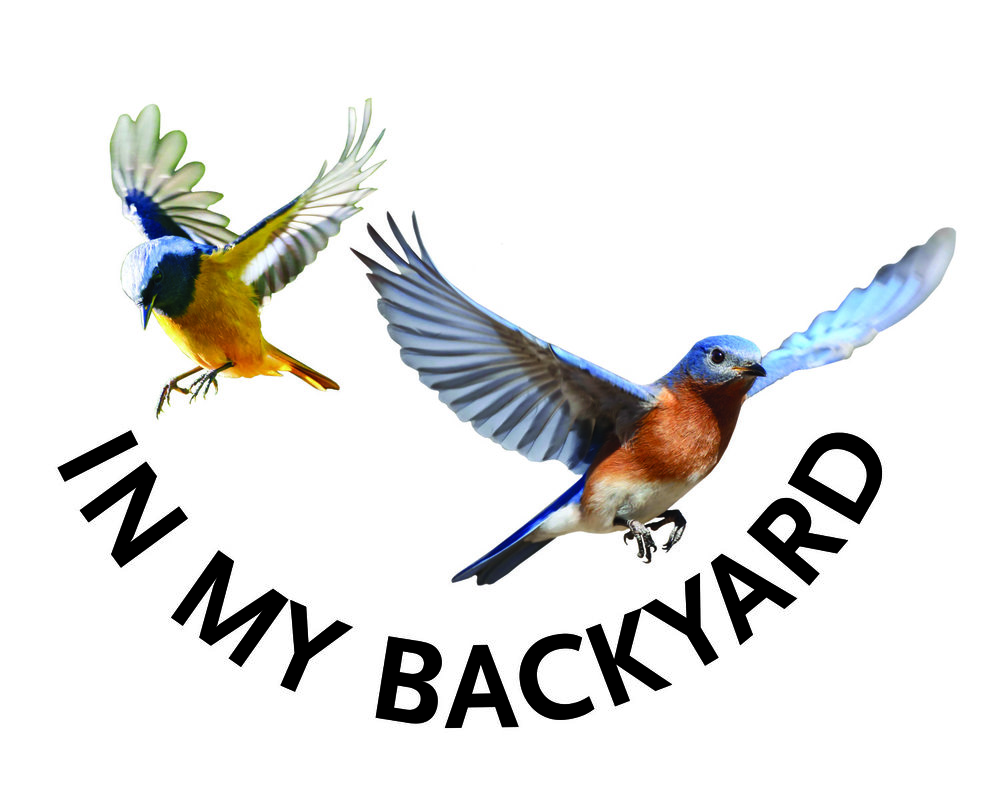Cedar Waxwings usually visit my yard in the spring and fall. They are passing through and do not stay for more than a day or two. In the spring, they are often looking for water and drink and bathe in the little pond in the backyard. In the fall, they are looking for water and berries.
The Cedar Waxwing is a beautiful bird but it is difficult to see them without binoculars. They seem to blend into their natural world. The Cedar Waxwing is a medium-sized, thin bird that has been described as having a brown, tan or cinnamon body with a black masked face. They have waxy red tips on their secondary wing feathers and a yellow band on the tip of their tail.
The Cedar Waxing prefer to live in open woodlands and near fruit trees and orchards. In winter, they live in wooded areas where berries are plentiful. I wish there were more year-round berry trees and bushes in my yard. Maybe next year I will not only plant a few more but they will grow!
Cedar Waxwings are very social birds and travel in flocks except when nesting. They usually have two broods of 3 to 5 eggs each year. The incubation period is 12-13 days and both parents feed the young. Initially, their parents feed them insects such as caterpillars, beetles, and ants. After a few days, they are fed berries.
In the spring and early fall, Cedar Waxwings along with flocks of Robins are often seen on the campus of Ohio University near Walter Hall.
For more information:
http://wildlife.ohiodnr.gov/species-and-habitats/species-guide-index/birds/cedar-waxwing
http://www.audubon.org/field-guide/bird/cedar-waxwing
https://www.allaboutbirds.org/guide/Cedar_Waxwing/lifehistory
https://www.nationalgeographic.com/animals/birds/c/cedar-waxwing/







